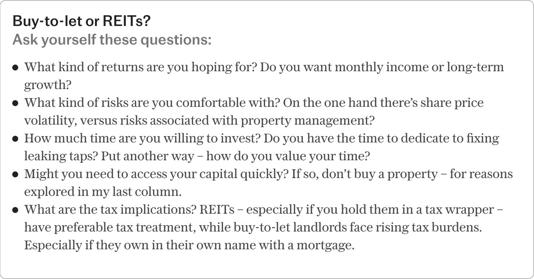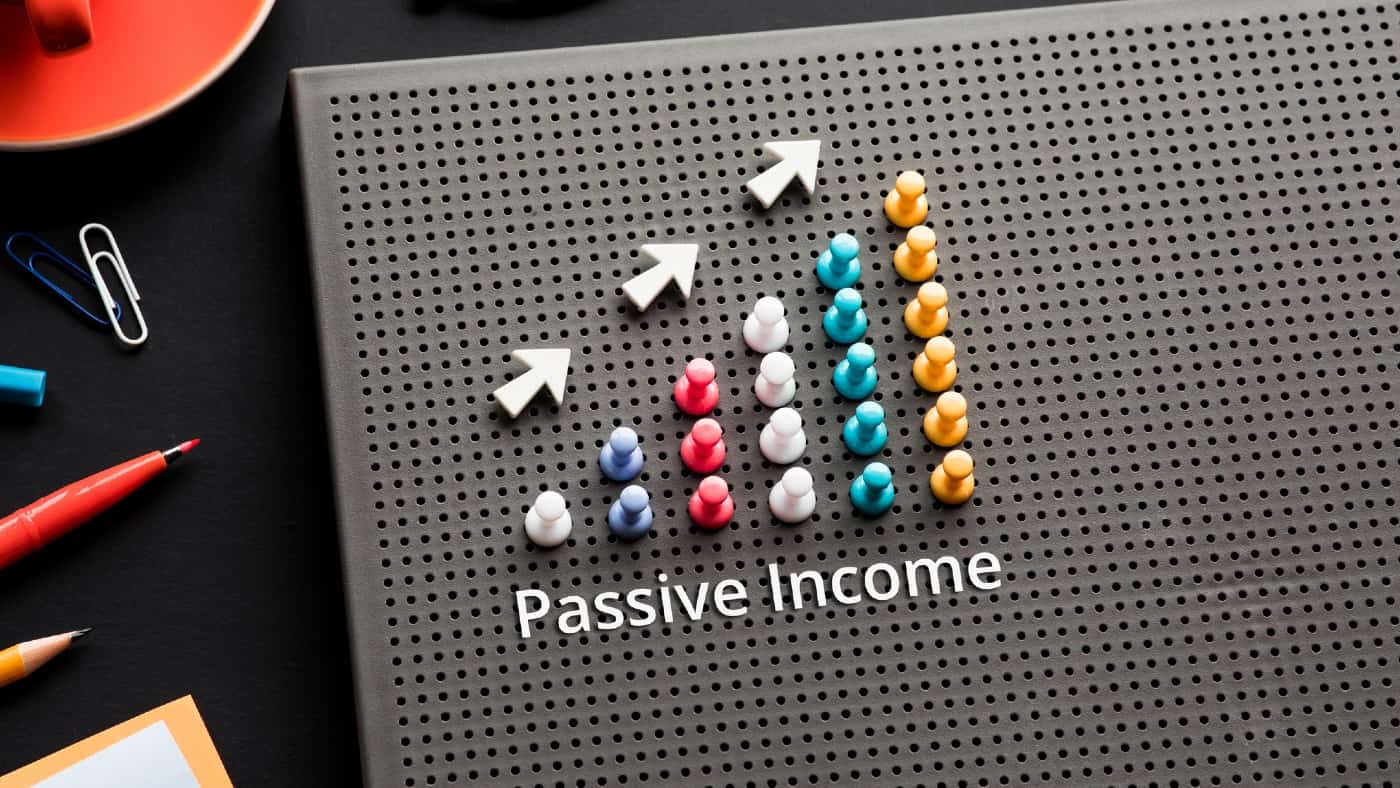
Five key lessons to take from financial markets in 2024
Tuesday, December 17, 2024 – 10:20
In some ways 2024 was unusual, because the consensus macroeconomic view played out exactly as expected – inflation cooled, there was no deep economic downturn (or even a downturn of any real kind) and interest rates started to fall, says AJ Bell Investment Director Russ Mould.
As a result, investors did not have to change much if they were to benefit: equities did well (again), led by technology and AI-related names (again), with the result that the US stock market outperformed, spearheaded by the NASDAQ (again), while Japan’s benchmark indices did better than those of Europe, which in turn generally did better than those of the UK, while emerging markets lagged, even as China put on a bit of a wiggle towards the end of the year.
| Capital return in 2024 (%) | |||
|---|---|---|---|
| Asset classes | Major stock indices | ||
| Bitcoin | 129.6% | NASDAQ | 33.3% |
| Gold | 30.2% | S&P 500 | 27.2% |
| Natural GAS | 26.8% | TSX 60 | 21.4% |
| Global equities | 18.8% | DAX | 21.3% |
| Commodities | 15.6% | Hang Seng | 20.1% |
| Emerging equities | 9.2% | Nikkei 225 | 17.6% |
| Global high-yield bonds | 2.4% | S&P BSE 100 | 17.1% |
| Global corporate bonds | (0.4%) | Shanghai Comp. | 15.5% |
| Global sovereign bonds | (3.6%) | FTSE 100 | 7.4% |
| Oil | (6.6%) | SSMI | 4.8% |
| CAC 40 | (1.6%) | ||
| Bovespa | (3.4%) | ||
Source: LSEG Refinitiv. Local currency. Data as of 10 December
Meanwhile, holders of benchmark, ten-year government bonds lost money for the third year in four on both sides of the Atlantic, while commodity prices rose, on average, for the fourth time in five. Oil did poorly, gold did well, and Bitcoin went wild (again).
These trends leave 2021/22 looking like a post-COVID-19 aberration and suggest the long-term trend of cheap energy, food, goods, labour and (above all) money that began in the early 1980s is reasserting itself.
It is therefore worth thinking about what happened in 2024 and why, and whether five trends in particular can continue in 2025 and beyond.
1. Cooling inflation
The rate of increase in the cost of living slowed right on cue, to give central banks the chance to cut interest rates. That said, much of the improvement in inflation came from oil and energy, as well as goods, where unblocked supply chains helped supply and the lagged effect of higher interest rates took some of the edge off demand. Services inflation remained sticky and that could yet prompt workers to demand more by way of pay increases, so perhaps central banks cannot be too gung-ho with further interest rate cuts just yet.

Source: Office for National Statistics, US Bureau of Labor Statistics, European Central Bank. US and UK based on consumer price index, EU on Harmonised Index of Consumer Prices
2. Steady global growth
A global slowdown did not materialise in 2024, despite disappointing growth from China, Japan, Germany and France (four of the globe’s seven largest economies). India took up some of the slack, the UK emerged from 2023’s shallow downturn and the US once more led the charge.
The Biden administration’s CHIPS and Inflation Reduction Acts buoyed output and American consumers kept spending, helped by rising house and stock prices. America’s latest debt ceiling breach gave no-one pause for any particular thought, even as the deficit soared, and President-elect Trump’s plan to raise revenues through tariffs has provoked as much concern as it has positive comment. If Elon Musk succeeds in cutting US government spending, and Trump rolls back the Inflation Reduction Act, there could yet be some (unpleasant) unintended consequences.

Source: FRED – St. Louis Federal Reserve database
3. Lower interest rates
A tally of 175 interest rate cuts worldwide in 2024, compared to just 28 rate hikes, tells a clear story. The UK, Japan and China all added fiscal stimulus to fresh monetary impetus, and you could argue the USA did as well, given how the Federal deficit grew by another $1.8 trillion to an all-time high of $36 trillion. The question for 2025 is whether a combination of sticky inflation, steady growth and ballooning government debts (and rising sovereign bond yields) crimp central banks’ room for manoeuvre and force the pace of rate cuts to slow or, in a worst case, come to a halt.

Source: CentralBankRates
4. The surge in gold and Bitcoin
Given how bullish and confident equity markets feel, this is a bit of an outlier.
Silver hit a twelve-year high and gold and (most spectacularly) bitcoin set new all-time highs. Such demand for havens does not sit comfortably besides equities’ core scenario of cooling inflation, steady growth and lower interest rates.
It may be the result of fears that central banks are playing fast and loose with inflation, or that ever-growing sovereign debts are persuading them to cut rates (and ease governments’ interest bills) whether they feel it is appropriate or not. President-elect Trump’s enthusiasm for all things crypto, his planned deregulation drive and the departure of Gary Gensler from the Securities and Exchange Commission mean bitcoin is up 40% in barely two months, helped by what can be seen as increasingly reflexive ETF flows (the higher bitcoin goes, the more buyers appear), in a clear win for momentum over value investors.

Source: LSEG Refinitiv data
5. Government bonds continue to struggle
The fifth and final trend is another slightly discordant note, as sovereign bond yields tick higher and prices go lower.
This matters because the ten-year bond represents the local risk-free rate and thus the benchmark minimum return from any investment that is acceptable. Yields on ten-year paper rose (and prices fell) despite interest rate cuts, to suggest that bond vigilantes are becoming nervous about governments’ debt piles in the US, UK and EU and whether there is political or public appetite for the tax increases and spending cuts needed to fix them, in the absence of growth or inflation reducing those growing debt-to-GDP and interest bill-to-total spending ratios.
Anyone who bought ten-year bonds in 2020, when central banks were indiscriminate buyers thanks to COVID-fighting QE schemes, has suffered, to perhaps offer a reminder that valuation always matters – in the end.

Source: LSEG Refinitiv data











